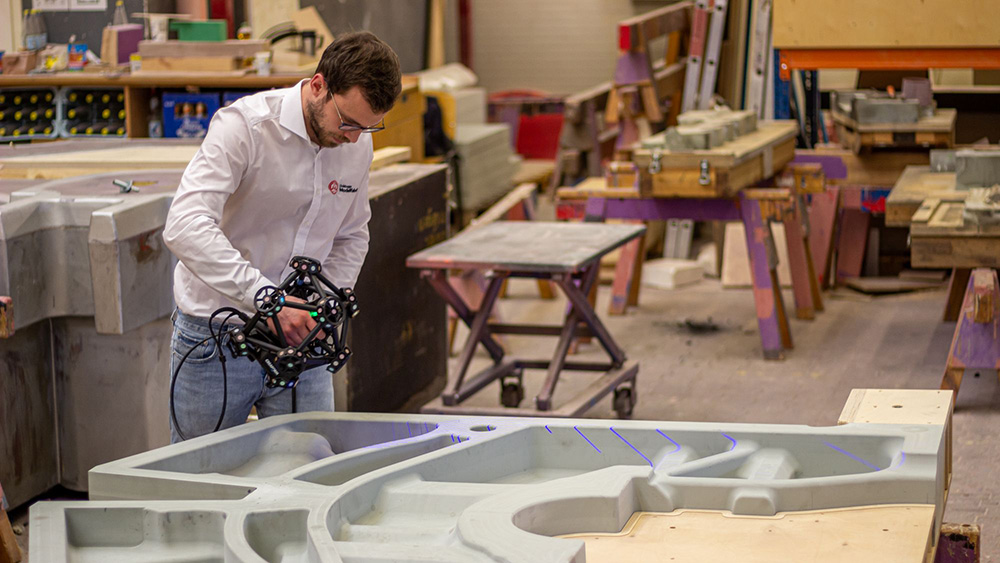Creaform
In the casting industry, efficiency is key to producing high-quality parts while minimizing rework. Comprehensive data play a vital role in optimizing each manufacturing step. Traditionally, foundries have relied on conventional inspection techniques to ensure dimensional measurement. But the coordinate measuring machine (CMM) is slow to operate, generating bottlenecks and causing production delays. This is how 3D scanning technology has made its way into the industry.
|
ADVERTISEMENT |
By capturing complete and accurate 3D scan data of casting surfaces at various production stages, 3D scanners enable foundries to streamline tooling validation, quality control, defect analysis, and reverse engineering. Whether for mold making, casting inspection, or wear tracking, 3D scanners are a valuable addition to a metrology kit, and even an ideal replacement for the CMM.
In this article, we explore the various applications for 3D scanning within the casting industry and show how it can optimize and improve the production, inspection, and performance of castings.
…

Add new comment